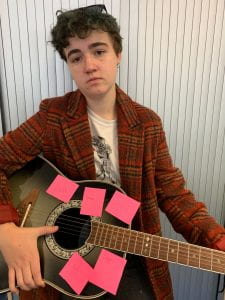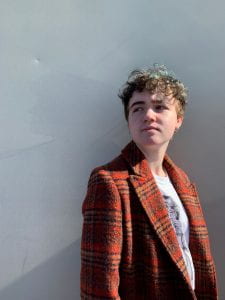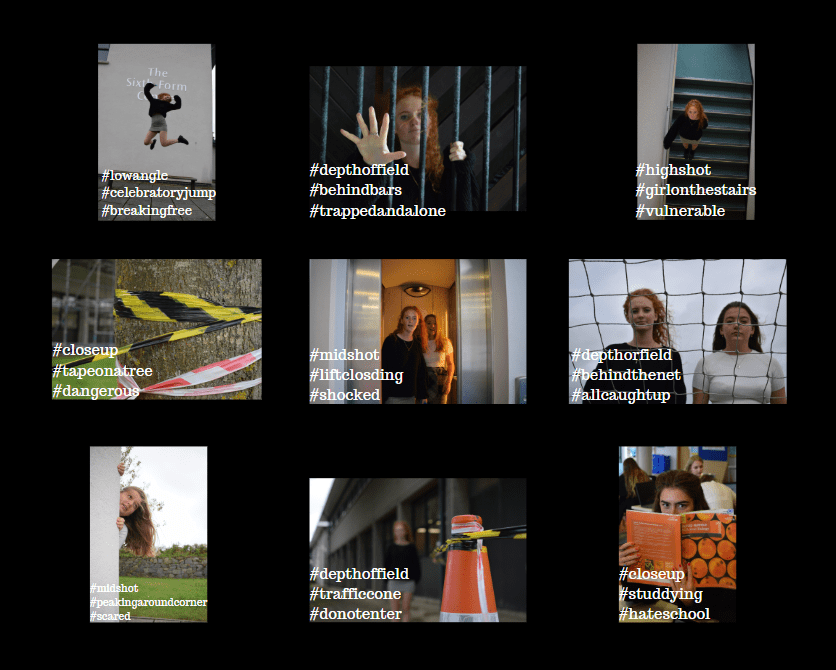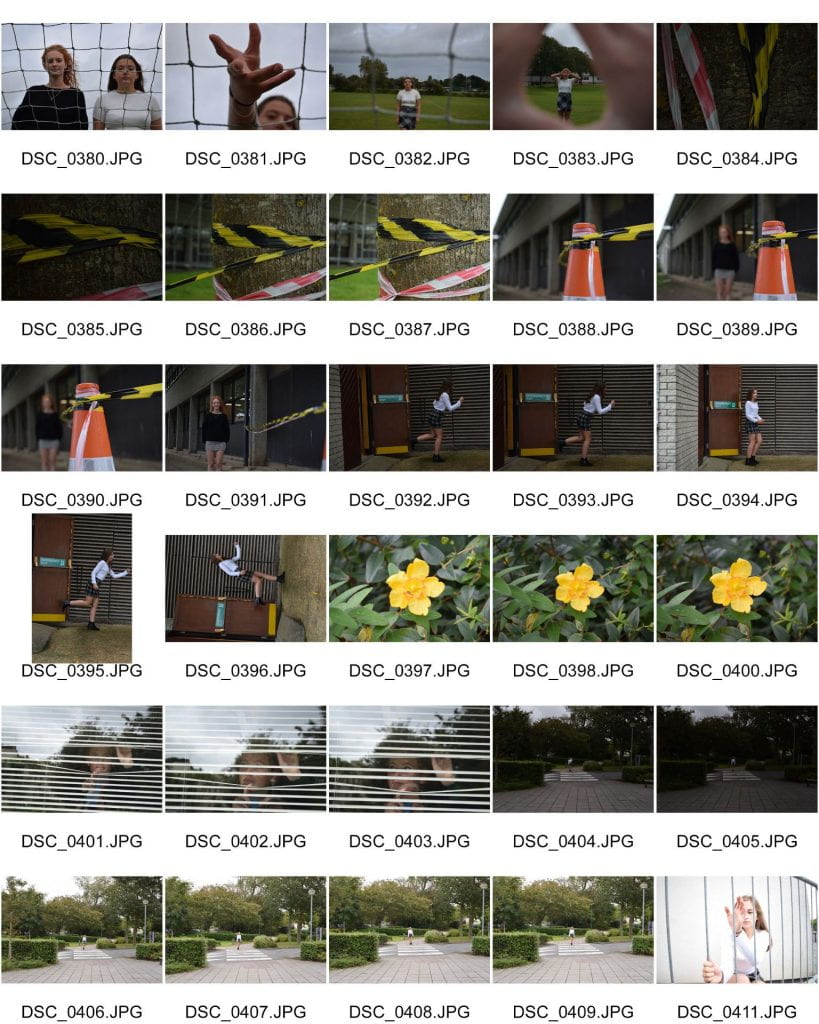We were allocated a genre of music (Indie) which we then looked at into detail. (costumes, body language, sound, make-up, etc)
We discovered that the Indie music conventions are an independent pop group or soloist, usually having instruments including a drum base and acoustic guitar. The genre creates the feeling to consumers of a carefree and laid-back style, giving the audience an escape from their busy and stressful lifestyles.
Mise En Scene of Indie Music:
- Costumes: are very dull and washed out colours. They often wear shirts, oversized jumpers and skinny jeans.
- Lighting: is quite bright contrasting with the dull colours which they wear.
- Actions: are quite relaxed and chilled. Many artists are seen with hands in pockets or with their arms crossed. Their posture is quite slouched suggesting they don’t take things too seriously.
- Make-up: is very natural. Some females are seen to have eyeliner but other than that, nothing too extravagant. Hairstyles are also very natural. Many have their hair down without any style. This presents their natural and unique style.
- Props: are scarce. Other than the odd drumsticks or guitar being held, they are only really seen as themselves.
- Setting: the locations of the photographs the artists are seen in are usually plain backgrounds. They are quite often in front of a white wall or sometimes seen in a wooded background.
Below displays a mood board with all of the ideas about Indie music we came up with.
After analysing the conceptions about the genre “Indie”, we then tried it out ourselves. We styled our model with a hand draw tee-shirt (to present individuality and quirkiness), black skinny jeans, and a worn, dull jacket. We used no make-up and left their hair in its natural form (messy curls) to portray the relaxed and chilled out vibe. For props, we also used some sun glasses and an acoustic guitar.
Once we had finished styling, we then got our peers to give connotations on our artist. Below shows the feedback we were given:

We were very happy with the feedback given as the words reported back to us included chill, lazy and relaxed. This was the exact vibes we were trying to accomplish. However, one of the words were “bored” which although links into the theme, could also be something negative. As a producer, we would need to make sure that we were achieving the right emotion but at the same time making it interesting for our audience. If we made our artist seem too boring, then the audience of our music wouldn’t be intrigued as it is not very appealing to look at.
From this feedback, it has made me realise that when creating media (for example when making my music magazine), you need to make sure that the message you are trying to portray is being understood by everyone. Although you may associate one thing with another, other people may not make this link. This could prevent the message from being understood. For example, I may link the colour red with love, however other people may link it with blood. This shows why you have to decide on everything carefully so the meaning is not perceived wrong.
We then continued onto the photo shoot where took many photos at different angles and lightnings. If you click on the image below, it will relocate you to a file which holds all of the photos we took.

Out of all the photos taken, below shows my favourite one. I chose this as I felt it portrayed the genre most successfully.

I chose this as my favourite photo as although it doesn’t include any props or accessories, the lighting and body language of our artist fits perfectly with the Indie genre.
The facial expression are very poised (not a smile but also not frowning); adding to the relaxed and chilled out mood. Their head is turned away from the camera, with their eyes following that direction as well. This creates the idea that they are looking ahead of them, possibly referring to the future they will have. Their body language is also not too upright, presenting their carefree vibes.
The fact that there are no props in this shot adds to the natural and simplistic look. All concentration from the audience will be focused on the actual artist instead of something less important. This simple look also allows the colour of the jacket to pop, showing off the worn, dull colours. This distinguishes the “Indie” genre massively as these colours are one of the main associations with it.
The lighting of the picture is relatively bright (brighter than some of the other photos), lightening up the mood and tone of the photo. Some of the other images were almost too dark that they dampened the aura, making it seem less Indie and more depressing.











